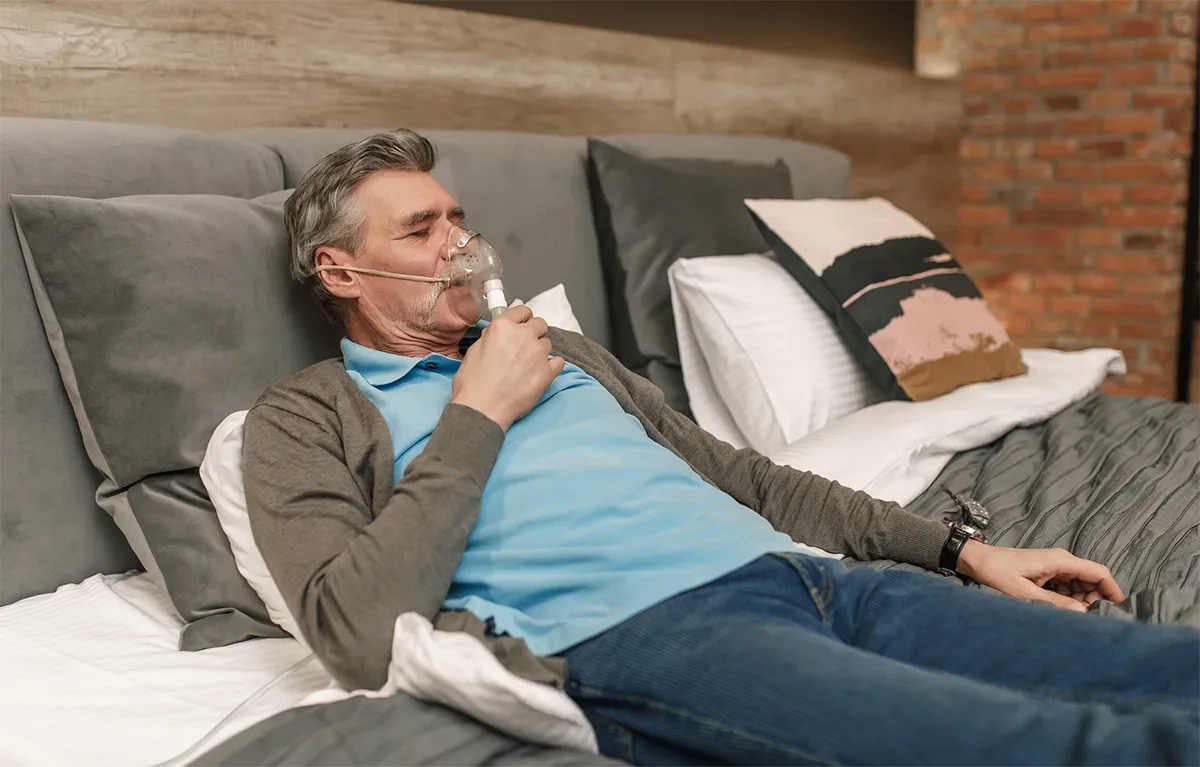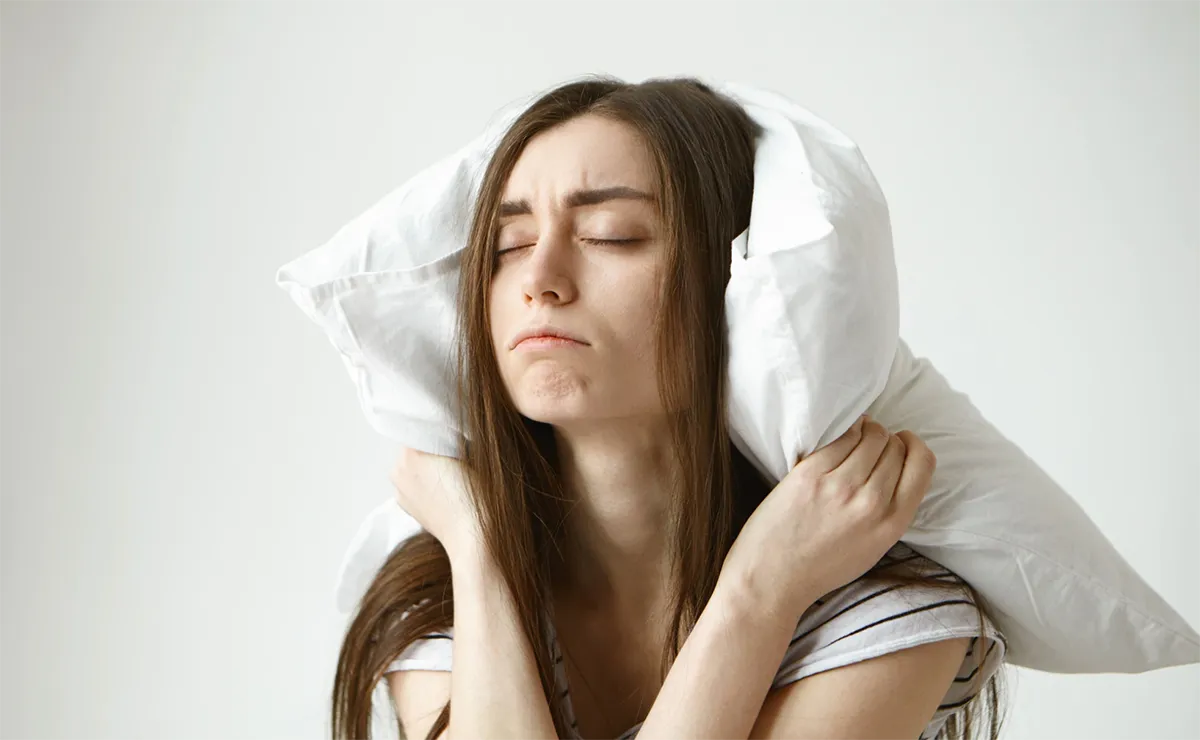Learn More About Sleep Apnea Research Studies
What Are Sleep Apnea Research Studies?
Sleep apnea is a serious sleep disorder that involves inconsistent breathing patterns. Affected people experience inconsistent breathing that starts and stops, mainly while sleeping. People who snore loudly or experience significant tiredness even after a full night's sleep might have the condition. Obstructive sleep apnea is the most common form of this condition that mainly occurs when a person's throat muscles relax.
The condition is known to affect more than 20% of obese people and only 3% of normal-weight individuals. While it affects more men than women, sleep apnea rates increase dramatically in women once they undergo menopause. In fact, the United States now recognizes chronic sleep loss as an epidemic that is growing in prevalence and severity.
Sleep apnea research studies aim to look into the causes, symptoms, and treatments for the condition. They also look into how the condition may or may not impact a person's decision-making abilities and whether treatment is effective in reversing any cognitive changes.
Researchers are also dedicated to defining the links between sleep apnea and other serious health conditions such as heart disease, stroke, high blood pressure, type 2 diabetes, and obesity. In order to improve sleep health, sleep apnea research studies are extremely important.

Why Is Sleep Apnea Being Studied Through Research Studies?
For one, OSA or Obstructive Sleep Apnea may be very common among individuals, but its neurocognitive consequences have not been explored adequately. There are many dangers of uncontrolled sleep apnea, and most people are not even aware that they have the condition.
By conducting relevant research into the field, researchers can greatly contribute to the diagnosis and treatment of sleep apnea. Furthermore, sleep is extremely important to waking cognition. It enhances a person's ability to stay alert, be vigilant, sustain attention and think clearly. Even memories are consolidated during sleep. It doesn't end here. A healthy amount of sleep contributes to emotional regulation.
According to Charlene Gamaldo, medical director of the Johns Hopkins Center for Sleep, sleep disorders are not new. They've always existed but have remained severely underdiagnosed. Research studies allow researchers to explore better ways of diagnosing and treating conditions such as insomnia and, of course, sleep apnea.
As more people are opting to do shift work and also staying distracted in the evening hours by devices and television, they're exposing themselves to sleep problems they're yet to recognize or understand the impact of. All these devices keep offering better and brighter screens that expose people to blue light. When it interferes with the body clock, problems are bound to arise.
Any disorder that affects a person's natural and healthy sleep pattern can have long-term consequences on their health and well-being. Hence, sleep apnea research studies are not only important but necessary to promote better sleep health and a decent quality of life.
What Are The Types of Treatments Available For Sleep Apnea?
Doctors often recommend lifestyle changes such as quitting smoking or losing weight for milder sleep apnea cases. However, in the event these measures don't work, here are some treatment options to look into.
CPAP
CPAP, or Continuous Positive Airway Pressure, is mainly used to manage moderate to severe sleep apnea. This machine works by delivering air pressure through a mask while you're asleep. The pressure it releases is strong enough to keep your upper airway passages open. While it is a very common approach to dealing with sleep apnea, it isn't the most comfortable.
Adaptive Servo-Ventilation (ASV) is also an airflow device that normalizes your breathing pattern through pressure. While it is more successful than other positive airway pressure techniques, it isn't the right choice for people with advanced heart failure and predominant central sleep apnea.
Tissue Removal
While surgical approaches are not very common in treating sleep apnea, they may become necessary if other interventions have failed. During tissue removal, your healthcare professional removes tissue from the top of your throat and the rear of your mouth.
The procedure aims to stop throat structures from causing snoring. However, it may not be as effective as CPAP and may not be very reliable for treating obstructive sleep apnea.
Tissue shrinkage is another option that isn't as risky as tissue removal and involves shrinking the tissue at the back of your throat and the rear end of your mouth through radiofrequency ablation.
Implants
Polyester or plastic rods are surgically implanted into the soft palate following the administration of anesthesia. However, there isn't enough research to prove its efficacy.
Tracheostomy
Tracheostomy is only eligible if no treatment has been able to counter your severe sleep apnea. The procedure involves opening your neck and inserting a plastic or metal tube to facilitate your breathing.

What Are Some Recent Breakthrough Research Studies on Sleep Apnea?
2022: A Depression Drug Can Reduce OSA Severity
This research aimed to find out whether oxybutynin and reboxetine (previously used for another condition) were effective in treating OSA. While this combination was found to be effective in treating the condition, it also came with a bunch of side effects.
Researchers mainly aimed to see whether reboxetine was effective on its own. They also looked into how it changed the participants' breathing during sleep.
The team conducted a placebo-controlled, randomized cross-over trial with some collaborators in an Institute in Sydney with 16 OSA participants. After testing single doses of reboxetine against a combination of oxybutynin and reboxetine or placebo, the researchers found that reboxetine was effective in reducing sleep apnea severity on its own.
2022: The TRPM7 Protein Can Be Effective In Treating OSA
TRPM7 is a protein found in carotid bodies. These bodies are tiny sensory organs residing in the neck region that detect carbon dioxide and oxygen changes along with changes in some hormones, such as leptin, in the bloodstream. The primary job of the TRPM7 proteins is to transport and regulate the stream of molecules in and out of the carotid bodies' cells.
According to this research carried out in the Polotsky Research Lab of Johns Hopkins Medicine, TRPM7 contributes to the development of high blood pressure in mice. Furthermore, it also suppresses breathing in obese mice with sleep-disordered breathing conditions.
In obese mice who had TRPM7 blocked, there were large differences in the amount of air inhaled and exhaled by the lungs every minute. In obese mice, the rate stood at 14% as a sign of an increase in their ventilation. The data showed that this was a significant improvement compared to ventilation in mice that had TRPM7. The findings also indicated that in these mice, the ventilatory capacity improved during sleep.
2022: The First Drug Treatment for Sleep Apnea
This study was a randomized, double-blind trial with 59 patients who had either moderate or severe sleep apnea. Conducted by researchers from the University of Gothenburg, the study facilitated the way for the first sleep apnea drug treatment. Researchers noted that compared to before receiving the treatment, breathing pauses were significantly less.
Patients were assigned to two groups randomly and assigned either 400 or 200 mg of the CA-inhibiting drug. The third group received a placebo, and the entire study lasted about four weeks.
The research mainly focused on testing carbonic anhydrase (CA) inhibition. As an enzyme, CA maintains a balance between carbon dioxide and carbonic acid in the body. Even though many CA-inhibiting drugs are available in the market for treating epilepsy and other disorders, there wasn't enough research to prove their efficacy for treating obstructive sleep apnea.
The results showed that there were fewer breathing pauses after the treatment, and oxygenation was also promoted during the night. While there were a few patients who experienced side effects, they were among those who received the highest dose. Altogether, the study paved the way for more potential treatments for obstructive sleep apnea.
Who Are Some Of The Key Opinion Leaders / Researchers / Institutions Conducting Sleep Apnea Research Studies?
The Respiratory Research Center of the University of Saskatchewan has worked on creating a list of research priorities for OSA in Saskatchewan. The progress came about shortly after the research center collaborated with the JLA (James Lind Alliance).
After collecting information and questions about OSA from more than 1100 clinicians and residents, researchers were able to identify information gaps for several OSA patients. Consequently, they posted various brief videos to educate the masses about identifying and treating the condition effectively.
Sleep Disorders Centers, University of Michigan
The faculty, which consists of 30 plus members, works in the Sleep Disorder Center, while more than 60 faculty members work in the affiliated Sleep Science Center. Altogether, the professionals lead the most productive research programs in the region by contributing newer and more important knowledge about insomnia, parasomnias, circadian rhythm disorders, obstructive sleep apnea, and restless legs syndrome.
Sleep research in the facility focuses on basic, translational, and clinical investigation. Most research on patients and other people focuses on engineering better sleep as well as sleep in the context of other medical and neurological conditions.
The University's Sleep Apnea Global Interdisciplinary Consortium carries out various research projects globally on subjects concerning obstructive sleep apnea and related disorders. The research largely focuses on personalized medicine approaches, genetics, and craniofacial risk factors of Obstructive Sleep Apnea. Established in 2011, the consortium was built to conduct collaborative research on sleep apnea across the world.
Unlike many other research centers, the Sleep Apnea Global Interdisciplinary Consortium focuses on a wide range of ethnic groups for collecting data so they can determine the part of ethnicity in the equation. The consortium has various sites such as the University of Pennsylvania, University of Iceland, Ohio State University, Charite, San Paolo, Berlin, Brazil, Taiwan, Korea, University of Western Australia, Perth, University of Sydney, etc.
However, most projects are managed at Ohio State by the University of Pennsylvania's statistical team that works round the clock to ensure impartiality. Many working groups are involved who also ensure adequate monthly calls of all investigators and a 2-day meeting held each year in different countries.